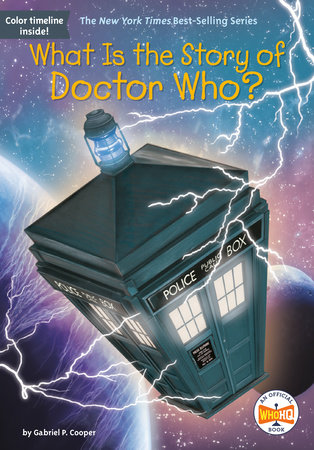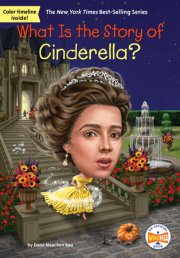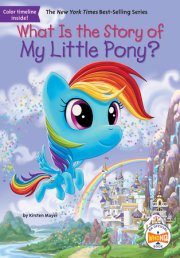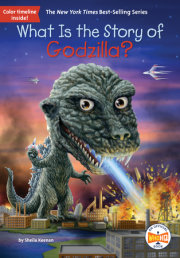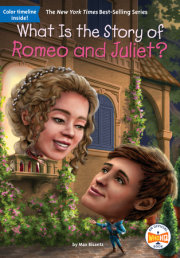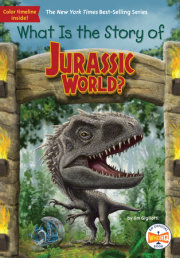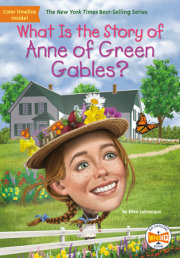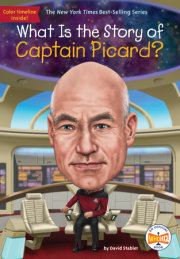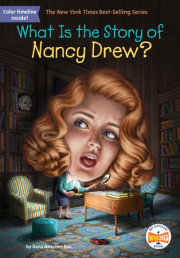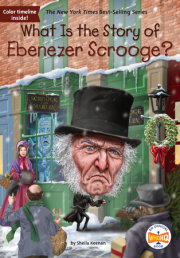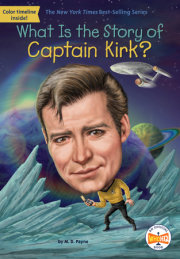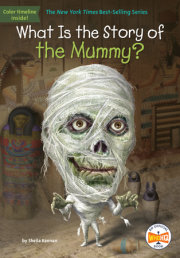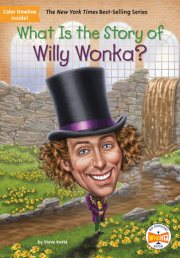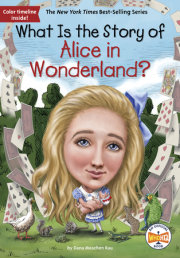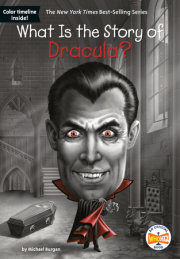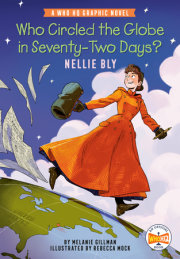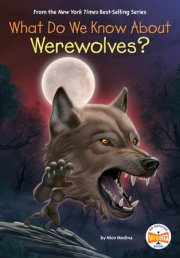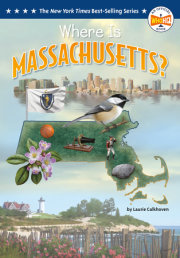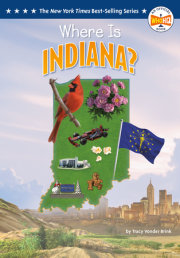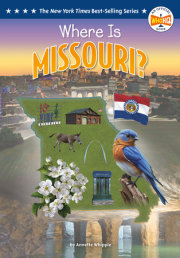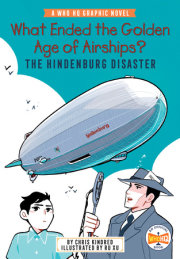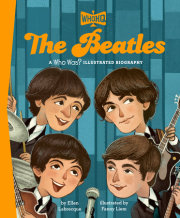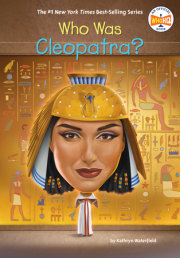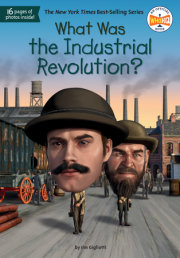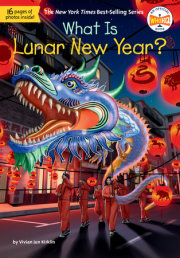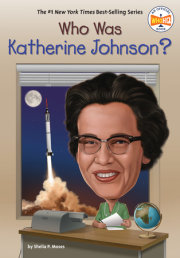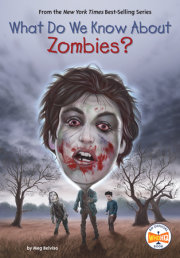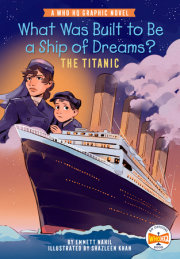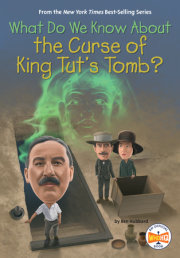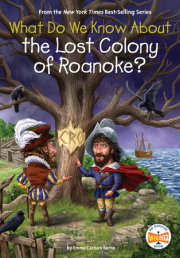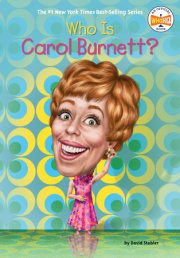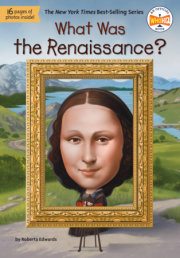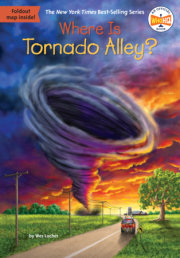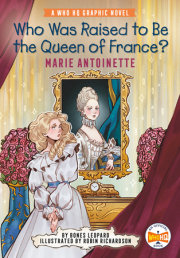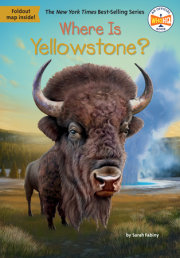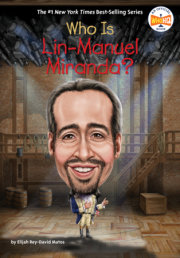What Is the Story of Doctor Who? On November 23, 2013,
Doctor Who fans around the world had a reason to be excited. Fans, both young and old, gathered together in front of their televisions. Some of these fans wore red bucket-like hats called fezzes; others wore long brown trench coats or vests covered in question marks. It was a historic day for the world’s most famous time traveler.
The fiftieth-anniversary episode of
Doctor Who achieved the Guinness World Record for the largest simultaneous television broadcast ever. The episode, titled “The Day of the Doctor,” appeared in movie theaters and on televisions in over ninety countries at exactly the same time; fans all over the world were able to watch it together, so no surprises could be spoiled. A show that started in 1963 with a rather small audience in the United Kingdom was now being watched by over ten million devoted fans.
The Eleventh Doctor, played by Matt Smith, was joined by the previous Tenth Doctor, played by David Tennant, in an adventure unlike anything viewers had experienced before. For years the writer of the show, Steven Moffat, had been teasing audiences with references to a legendary Time War. And now the time for teasing had come to an end. “The Day of the Doctor” revealed details about the Time War and introduced a new Doctor known only as the War Doctor, played by British actor John Hurt. In little over an hour, fans were treated to characters and references from fifty years of the show’s history and a brief peek at the future Twelfth Doctor.
The fiftieth-anniversary episode was a huge success. After 806 episodes,
Doctor Who was still very much in demand. This time traveler with two hearts had once again shown that he wasn’t going away anytime soon. With fans as old as the show itself, and new fans growing up and experiencing the magic for the first time, the Doctor has proved to be a hero for all of time and space.
Chapter 1: Into the TARDIS In March 1963, Donald Baverstock, the chief of programs for the British Broadcasting Corporation (BBC), noticed a gap in the Saturday evening television schedule. Baverstock was looking for a new show to fill the empty time slot between a popular sports program and an equally popular teen show. He wanted a show filled with adventure that both young and old audiences would be able to enjoy together.
Sydney Newman, the BBC’s head of drama, was chosen to develop the show. He wanted it to be educational for children. Donald Wilson, the head of script development, wanted it to be about time travel. The two ideas worked well together. The show could travel into the past to view important historical events and to other worlds where scientific ideas could be explored.
Sydney wanted to make it clear that even though the show featured science fiction elements, it was not a science fiction show; it was an educational program. The time machine, able to travel through time
and space, would look like a blue police box. Nothing flashy or expensive. It was called the TARDIS, meaning “Time and Relative Dimension in Space.”
Scriptwriter C. E. Webber suggested the lead character be a scientist and that two schoolteachers should be involved as well. Sydney Newman wanted a kid in the show who would “get into trouble” and “make mistakes.” The scientist, called the Doctor, would remain something of a mystery throughout the show. The Doctor was not, in fact, a doctor at all but an alien time traveler from another planet.
Jacqueline Hill and William Russell were cast as schoolteachers, named Barbara Wright (a history teacher) and Ian Chesterton (a science teacher), respectively. Carole Ann Ford played the young student Susan, who was also the Doctor’s granddaughter. William Hartnell was cast to play the curious alien Doctor.
The filming of
Doctor Who began in September 1963 under the watchful eye of producer Verity Lambert. Verity was the first female producer at the BBC and the youngest at only twenty-seven years old. Waris Hussein, only twenty-four at the time, was the director. After the first episode was shown to Sydney Newman, he made them reshoot the entire thing! Sydney felt that something just wasn’t working.
The very first episode, titled “An Unearthly Child,” was shown in the United Kingdom on November 23, 1963 to only 4.4 million viewers. The episode reran the following week, but this time over 6 million viewers tuned in. The decision to air the episode again had been a smart one!
The first four episodes together told one larger story, called “10,000 BC,” and took the schoolteachers, Susan, and the Doctor on an adventure in prehistoric times. With flashy effects, crazy cavemen, and danger around every corner, the show was a huge success. Before long,
Doctor Who would become much more than its creators had ever intended.
Against Sydney Newman’s wish for no “bug-eyed monsters,” the follow-up story was called “The Daleks.” In it, the terrifying half-creature, half-machine villains known as the Daleks were introduced. They are determined to exterminate all other life. After their debut, “Dalekmania” spread across the United Kingdom. The Daleks were almost more popular than the Doctor himself.
Doctor Who (as he was sometimes called in the early days of the show) and his enemies, the Daleks, were now household names, and no one knew what to expect next!
Copyright © 2019 by BBC. All rights reserved. No part of this excerpt may be reproduced or reprinted without permission in writing from the publisher.





